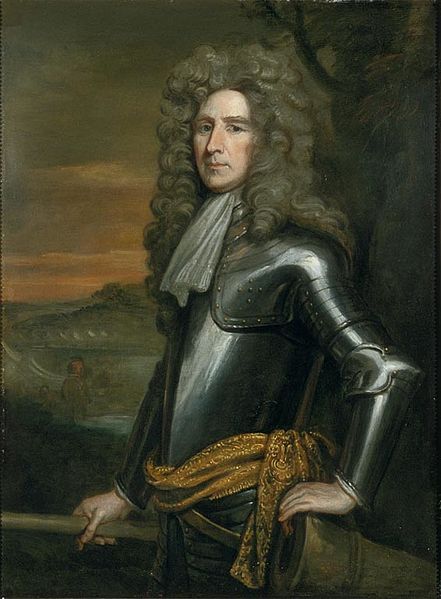The Invitation to William was a letter sent by seven Englishmen, six nobles and a bishop, later referred to as "the Immortal Seven", to stadtholder William III, Prince of Orange, dated 30 June 1688. In England, the heir apparent to the throne, James Francis Edward Stuart, had just been born to the unpopular King James II of England, and baptised a Catholic. The letter asked William, who was a nephew and son-in-law of James II, to use military intervention to force the king to make his eldest daughter, Mary, William's Protestant wife, his heir. The letter alleged that the newborn prince was an impostor.
Henry Sydney, author of the letter
William III, also widely known as William of Orange, was the sovereign Prince of Orange from birth, Stadtholder of Holland, Zeeland, Utrecht, Guelders, and Overijssel in the Dutch Republic from the 1670s, and King of England, Ireland, and Scotland from 1689 until his death in 1702. As King of Scotland, he is known as William II. He ruled Britain and Ireland alongside his wife, Queen Mary II, and their joint reign is known as that of William and Mary.
Portrait by Godfrey Kneller, c. 1690
William's parents, William II of Orange and Mary, Princess Royal, 1647
The young prince portrayed by Jan Davidsz de Heem and Jan Vermeer van Utrecht within a flower garland filled with symbols of the House of Orange-Nassau, c. 1660
Johan de Witt took over William's education in 1666.





